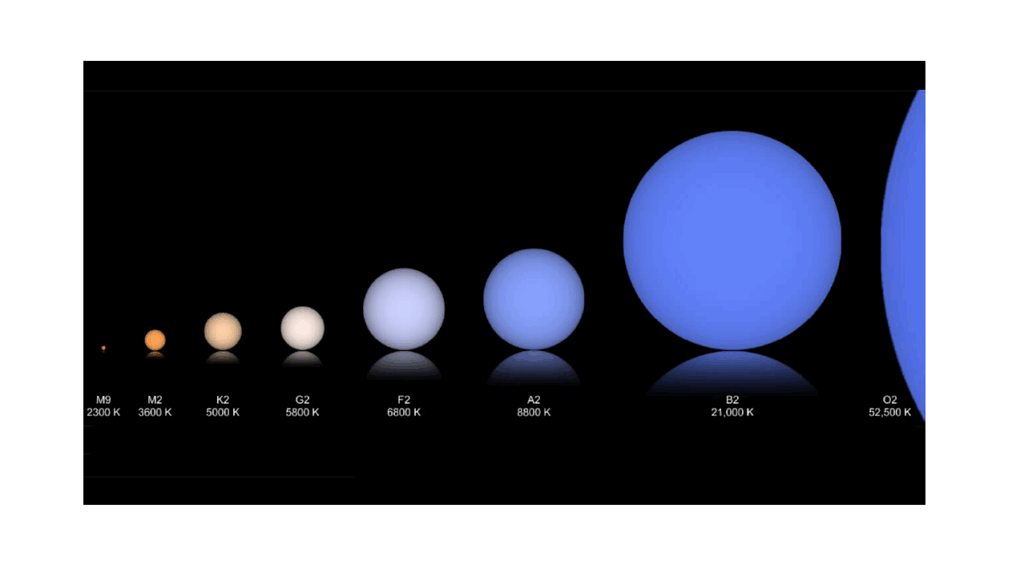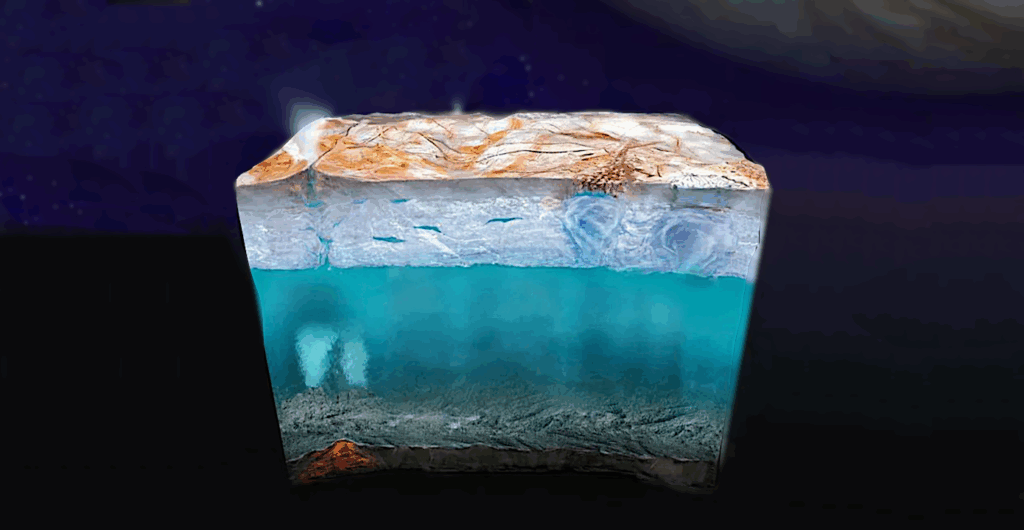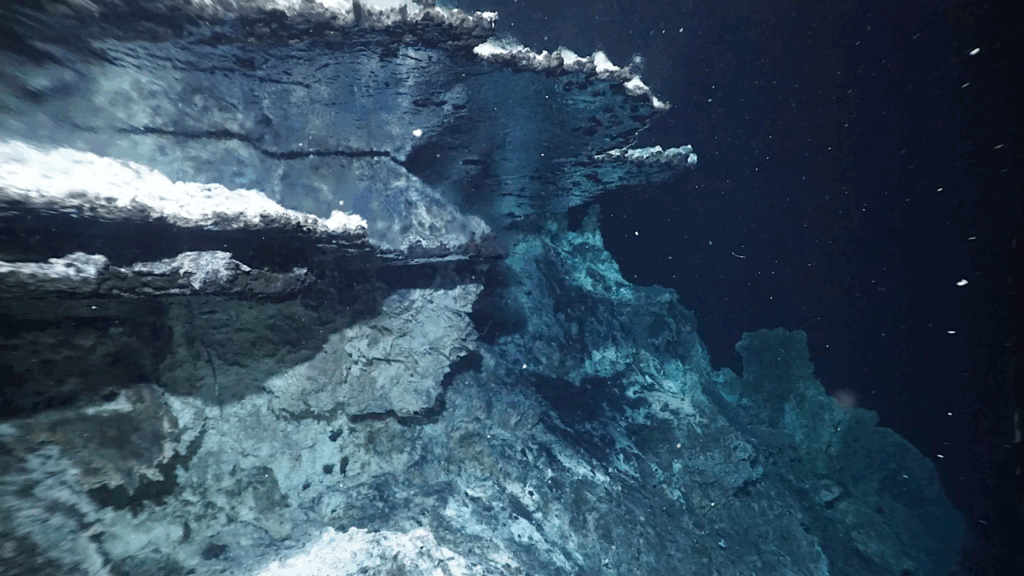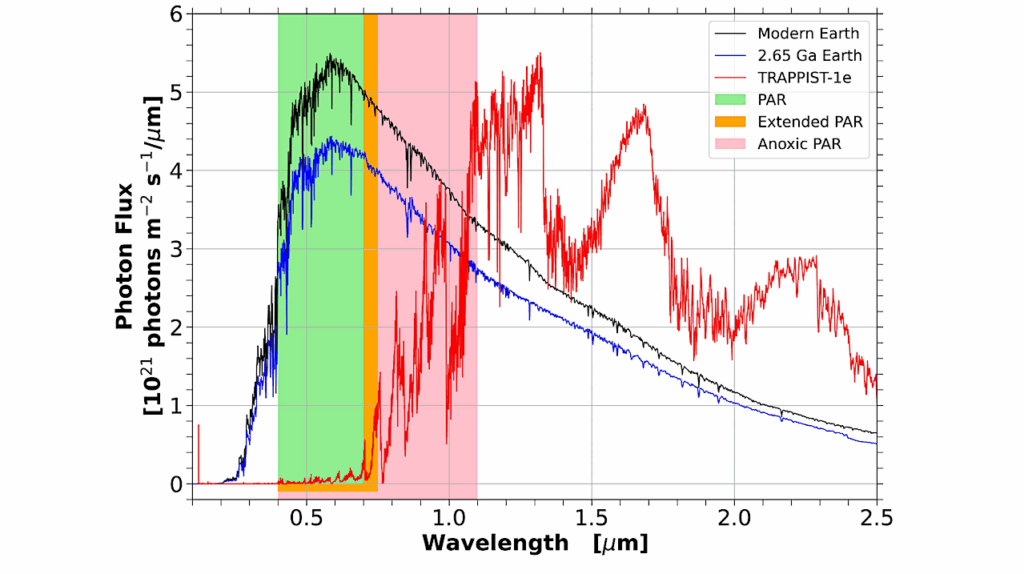Unveiling Ancient Life: New Method Sheds Light On Early Cellular And Metabolic Evolution

Fossils don’t always come in large, dinosaur-sized packages. Microfossils refer to a type of fossil that is so small, it can only be perceived with a microscope. These microfossils can help us understand when and how early life forms developed essential features – ultimately allowing us to study the evolution of life. In order to analyze these microfossils, a pioneering method of analysis has been developed by a research team led by Akizumi Ishida from Tohoku University, in collaboration with experts from the University of Tokyo and Kochi University.
“To analyze microfossils, scientists must detect minute quantities of critical elements like phosphorus and molybdenum,” explains Ishida, “However, so far this has proven challenging.”
Their work focuses on 1.9-billion-year-old Gunflint microfossils, which are known as the “standard” of microfossil study. The team employed a novel approach by fixing these microfossils onto a specially coated glass slide (ITO-glass), allowing for integrated observations using both optical and electron microscopy.
ITO-glass is a glass plate coated with a thin layer of indium tin oxide (ITO). This conductive coating of metal oxide is not only suitable for electron microscopy and secondary ion mass spectrometry (SIMS), but also allows for optical observation. Due to its transparency, the internal structure of microfossils can be examined.
This method also enabled the precise detection of trace elements within the microfossils. In other words, it was able to clearly detect the true amount contrasted against a base level of background “noise.” Phosphorus also occurs naturally in sedimentary rocks, for example, so it’s important to be able to tell the difference.

Optical and electron microscopy images of six filamentous microfossils. (a–f) Optical images of six filamentous microfossils that were isolated and mounted on ITO glass. The black arrows indicate each target. The corresponding secondary electron images, denoted by (g–l), are provided in sequence. The white arrows on Targets 4 and 6 indicate spherical organic matter, and those on Target 5 indicate protrusions on microfossils. The scale bars in the optical images represent 20 μm, and those in the electron microscopy images represent 10 μm. — Scientific Reports
By overcoming the interference from rock-derived elements and materials used to mount the fossils, the researchers successfully identified extremely low levels of phosphorus and molybdenum by using NanoSIMS (High Spatial Resolution Secondary Ion Mass Spectrometer). This device allows for the imaging of almost all elements except noble gases with ultra-high spatial resolution of less than one micron.
Their analysis of phosphorus seen along the contours of microfossils revealed that these ancient microorganisms already had phospholipid cell membranes similar to those found in modern organisms. Additionally, the presence of molybdenum within microfossil bodies suggested the existence of possible nitrogen-fixing metabolic enzymes, consistent with previous reports identifying these microfossils as cyanobacteria.
This innovative protocol is unique in its ability to provide consistent observations and analyses on the same sample. It offers significant advancements in understanding how life evolved on Earth’s, providing direct evidence of cell membranes and metabolic processes in ancient microorganisms.
This technique is applicable not only to microfossils but also to early Earth’s geological samples with minimal organic material. It opens avenues for analyzing even older geological periods. Additionally, it extends to trace elements such as copper, nickel, and cobalt, which can reveal metabolic patterns. The findings are expected to set new standards in early life evolution research and ultimately contribute to answering the profound questions about when and where life originated and how it evolved on Earth.
These findings were published in Scientific Reports on September 20, 2024.
Ultrahigh-resolution imaging of biogenic phosphorus and molybdenum in paleoproterozoic gunflint microfossils, Scientific Reports (open access)
Astrobiology








